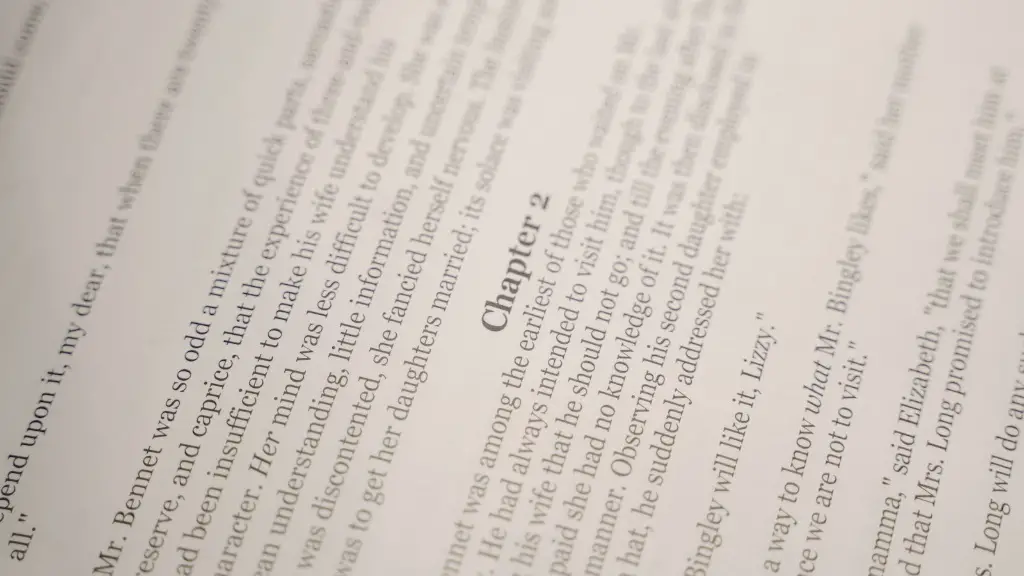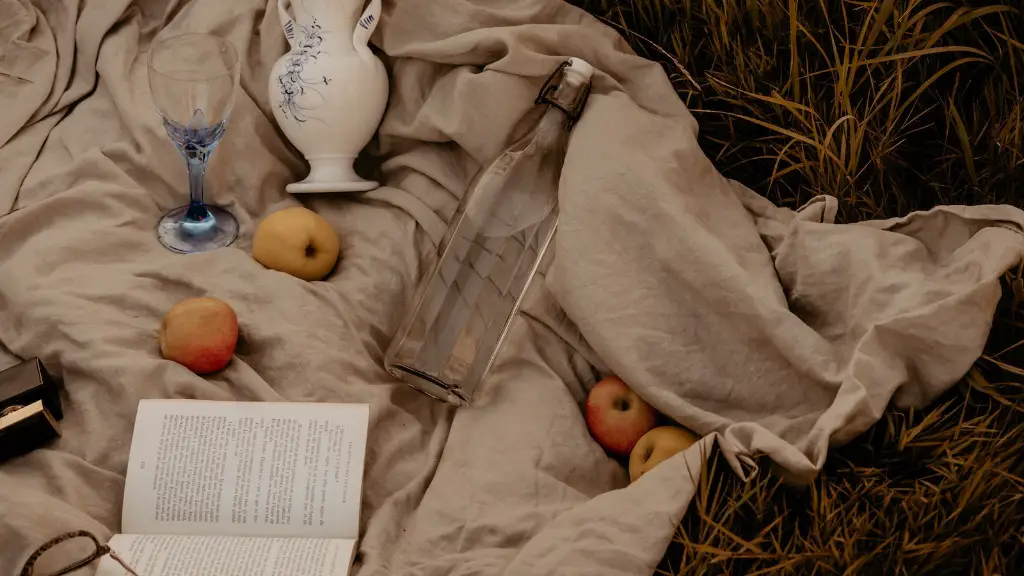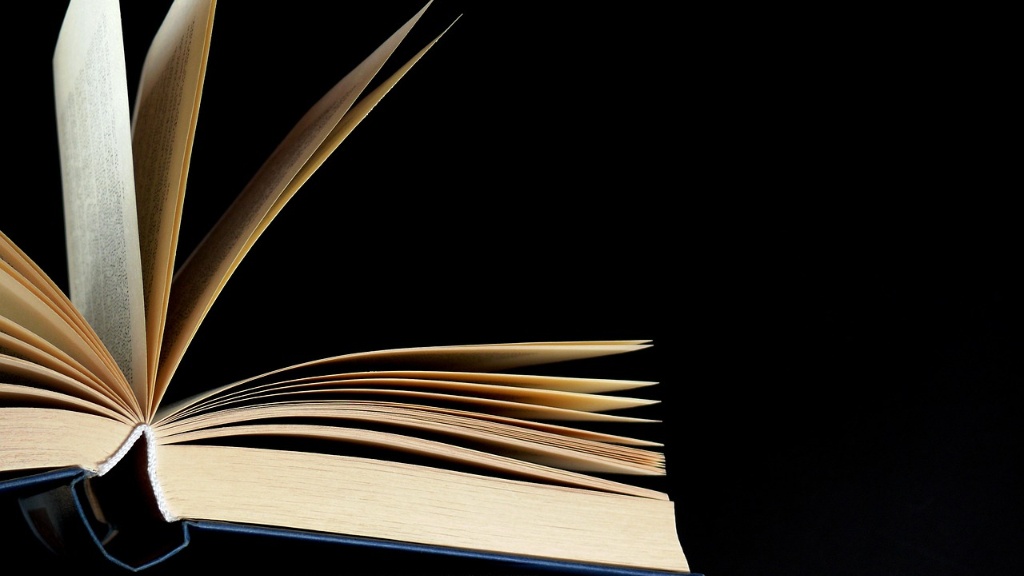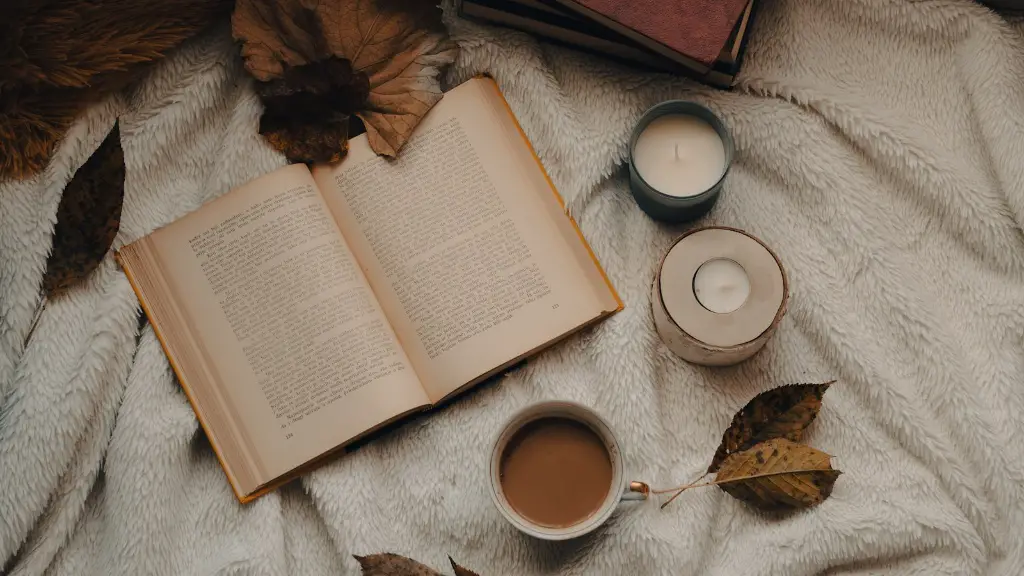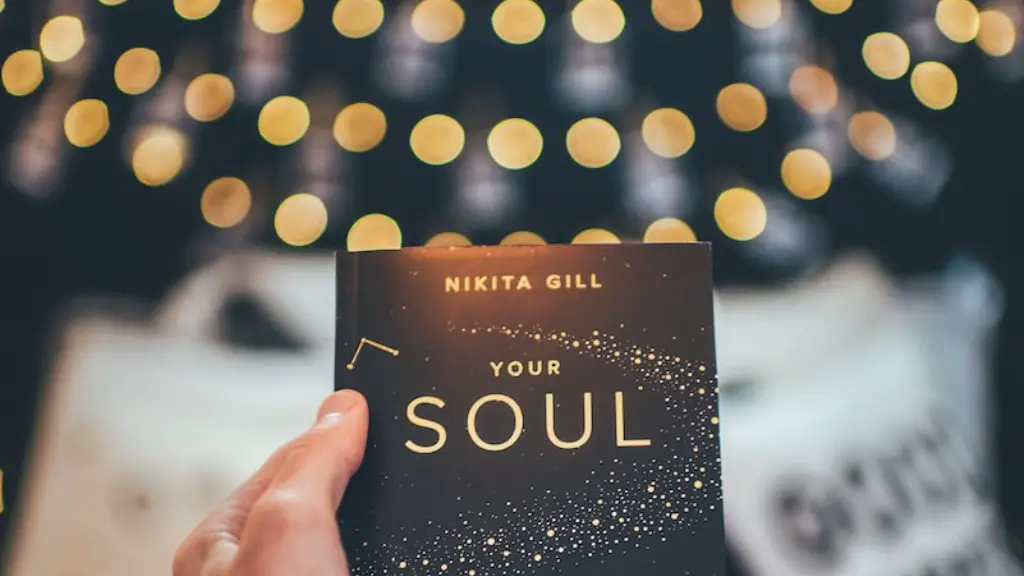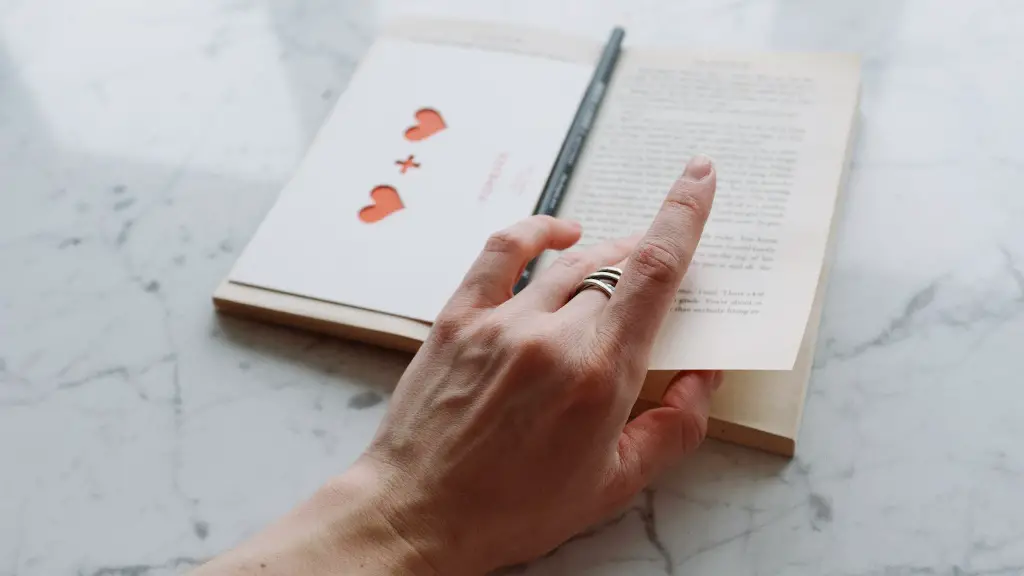Rhythmic Pattern in Poetry
The rhythmic structure of poetry has been a source of fascination for generations. It is no surprise that poets have worked hard to capture these patterns in words and images. Rhythmic patterns can take many forms, and they are used to create an atmosphere, evoke emotions or tell a story. They can be used to enhance the flow of poetry and to make poetry more memorable.
Rhythmic pattern in poetry is generally defined as the recurrence of certain syllables and sounds in a line of verse, usually in a repetitive order. It is usually composed of accented and unaccented syllables, and is often referred to as the “meter” or “beat” of a poem. The most common example of meter is iambic pentameter, where a line of verse contains five iambs, each with two syllables, the first of which is unaccented and the second of which is accented.
Rhythmic patterns can be used to create a sense of musicality in a poem and to make it more memorable. The use of regular rhythm can make a poem more structured and can help it stand out amongst others. For example, many well-known poems, such as William Wordsworth’s “Ode on Intimations of Immortality” and Alfred, Lord Tennyson’s “The Charge of the Light Brigade,” make use of regular meter which helps to increase their memorability.
In addition to creating a musical effect, rhythmic patterns can also be used to create a sense of emotional intensity. By using patterns that are unexpected or that break the regular meter, a poet can create a sense of tension and heightened emotion. Many of W.B. Yeats’ poems make use of these irregular and unexpected patterns to create powerful emotional effects.
Finally, some poets use rhythmic patterns to tell stories. By using rhythm to show the progression of events, a poet can use meter as a narrative tool. For example, the ballad form, which uses a regular rhythm, was often used to tell stories, such as the traditional British ballad “Tam Lin.”
Using Rhythmic Pattern in Poetry
Using rhythmic patterns in their poetry is a skill that poets develop over time. Understanding the different possible meter types, as well as their associated sounds, is essential for employing rhythmic patterns effectively. Regular meters, such as iambic pentameter, can be used for a variety of effects, from creating a sense of musicality to creating an elevated tone in the poem.
Poets can also use more irregular meters, such as blank verse and free verse, to create unexpected and powerful effects. Understanding the different types of irregular meter and how they can be employed is also important. By understanding the possibilities of rhythmic patterns, poets can create powerful and memorable poems.
Employing rhythm correctly is only one part of creating successful poetry. Being aware of the various ways in which rhythm can be used to create tone, emotion or to tell a story, is also important. Poets should be aware of the implications of different rhythms and meters, and how they can be used in their poetry.
Finally, it is also important for poets to experiment with different rhythmic patterns and to try to find their own voice as a poet. Being aware of existing rhythmic patterns and being able to incorporate them into their poetry, is a great way for poets to discover their own special style. The experimentation and exploration of rhythmic patterns can be a rewarding experience for a poet, and can help to create memorable and meaningful poetry.
The Different Types of Rhythmic Pattern
Rhythmic patterns in poetry come in many different shapes and sizes. Generally, rhythms are composed of accented and unaccented syllables, and are often known as meters. The most common example of a meter is iambic pentameter, where a line of verse contains five iambs, each with two syllables, the first of which is unaccented and the second of which is accented. However, this is only one of the many possible meter types.
Other common meter types include trochaic tetrameter, which contains four trochees, each with two syllables, the first of which is accented and the second of which is unaccented; anapestic trimeter, which contains three anapests, each with two syllables, the first of which is unaccented and the second of which is accented; and dactylic hexameter, which contains six dactyls, each with three syllables, the first of which is accented and the remaining two of which are unaccented.
In addition to regular meter types, such as those mentioned above, there are also a variety of more irregular meter types. Free verse is a type of meter which does not employ a regular rhythmic pattern. Instead, it allows the poet to use their own rhythms and tones. Similarly, blank verse is a type of meter which uses an unrhymed iambic pentameter. Although it is not as strict as regular meter, it still allows the poet to employ a certain structure to their poem.
Overall, there are a variety of meter types which are available to a poet, and they can use them in a variety of ways to create different effects. An understanding of these various meter types can be immensely helpful for a poet, not only in terms of creating powerful poetry, but also in terms of developing their own unique style.
The Impact of Rhythmic Pattern on Poetry
Rhythmic patterns have had a profound impact on poetry since the dawn of time. It is no exaggeration to say that meter is the backbone of a poem and can vastly improve the effect of a poem. Many classic poems make use of regular meter, such as iambic pentameter, to great effect and are more memorable as a result. Similarly, more irregular rhythms such as free verse and blank verse can also be extremely powerful tools for the poet.
It is not only the rhythm of poetry which is affected by meter, however. Regular meter can be used to create a sense of structure and gravity, which can help to elevate a poem and make it more powerful. On the other hand, more irregular meter types can be used to create unexpected effects, which can make the poem more exciting and can evoke powerful emotions.
One of the most important aspects of rhythm, however, is its ability to create an atmosphere. Poets have used meter to capture the feeling of a certain place and time, and to bring the poem to life. Regular meter can be used to create a sense of anticipation and suspense, while more irregular meters can be used to create a more chaotic atmosphere. In this way, rhythm can be used to bring a poem to life.
Overall, rhythmic patterns are an integral part of poetry and it is impossible to create a successful poem without taking rhythm into consideration. From creating atmosphere to elevating the emotion of a poem, meter is an essential part of the poem writing process. Understanding rhythms and meters can help poets to craft more memorable and powerful works of art.
Rhythmic Patterns in the 21st Century
Rhythmic patterns have continued to remain an important part of poetry in the 21st century. Many modern poets, such as T.S. Eliot and W.H. Auden, make use of regular meter such as iambic pentameter and other meter types, as well as more irregular meters such as free verse.
The rise of spoken word poetry has also had an impact on rhythmic pattern in poetry. Spoken word performers often make use of rhythm to increase the impact of their performance and to make it more memorable. From the rise of hip hop to the growth of slam poetry, the power of rhythm is undeniable.
Rhythmic patterns are also an important part of modern songwriting, with many popular songs making use of a variety of meter types to great effect. From Queen’s “Bohemian Rhapsody” to Beyonce’s “Single Ladies,” meter has long been an important part of popular music.
Overall, rhythmic patterns are still as important as ever in the 21st century. From spoken word to songwriting to poetry, meter has the power to dramatically improve a piece of writing and make it more memorable. Understanding and experimenting with different meter types is a great way for poets and writers to improve their work.
Conclusion
In conclusion, rhythmic patterns are an integral part of poetry and can dramatically improve a poem. Regular meter can be used to create a sense of structure, emotion and atmosphere, while more irregular meter types can be used to create unexpected and powerful effects. Understanding the various meter types and how they can be employed is essential for a poet. From creating memorable stories to elevating emotion, meter is an indispensable part of poetry in the 21st century.
